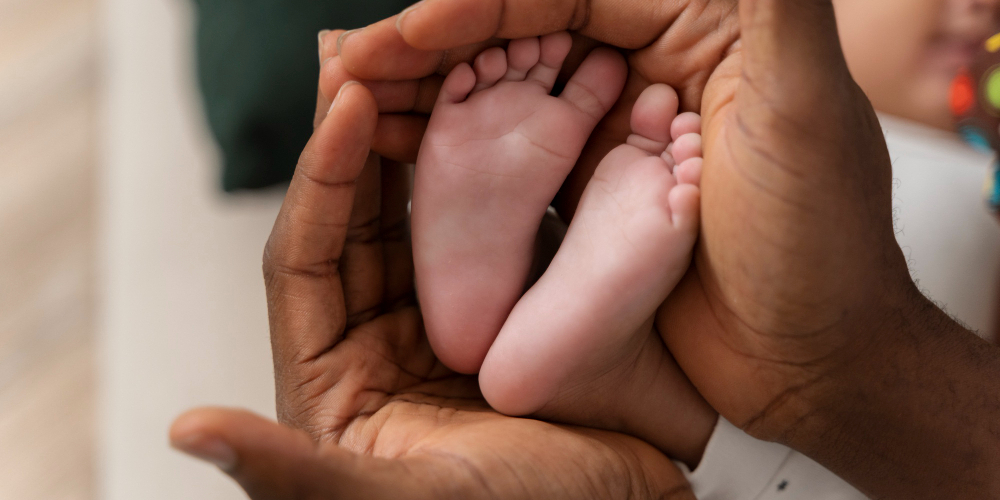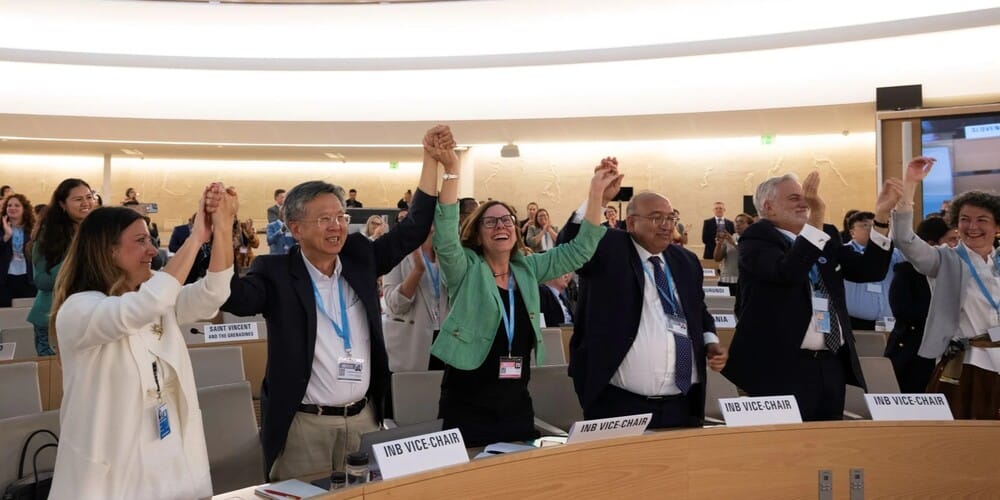Latest
Explainer: What is trachoma and how India eliminated it
Trachoma is a bacterial eye infection and the world’s leading cause of infectious blindness
Author
Author
- admin / 7 months

- 0
- 3 min read

Author
India on Monday was awarded the Certificate of Elimination of Trachoma as a Public Health Problem by World Health Organization (WHO) Director-General Dr. Tedros Adhanom Ghebreyesus at the 78th World Health Assembly held in Geneva.
“This recognition is a testament to India’s sustained efforts in disease elimination, preventive healthcare, and commitment to ensuring health for all,” the Ministry of Health wrote on X.
The Indian delegation is being led by Punya Salila Srivastava, Secretary at the Ministry of Health & Family Welfare.
“Today marks the commencement of the 78th World Health Assembly in Geneva. The Indian delegation, led by Punya Salila Srivastava, is actively participating in the Assembly, reflecting India’s continued commitment to strengthening global health systems and advancing international collaboration,” the ministry said.
What is trachoma?
Trachoma is a contagious bacterial eye infection caused by Chlamydia trachomatis, classified by WHO as a neglected tropical disease and the primary infectious cause of blindness worldwide. Trachoma mainly impacts young children and women, with women being up to four times more likely to experience blindness because of regular caregiving responsibilities.
Frequent infections result in inflammation and scarring of the inner eyelid, causing trachomatous trichiasis, a painful condition where eyelashes grow inward and irritate the eyeball. If not addressed, this may lead to corneal injury, vision loss, or permanent blindness.
Trachoma affects around 150 million individuals worldwide, with 1.9 million experiencing blindness or significant visual impairment, leading to yearly economic losses of $2.9– $5.3 billion.
What Triggers Trachoma?
Trachoma spreads by direct or indirect contact with contaminated eye or nasal fluids. Transmission happens through infected hands or common items such as towels, bedding, and other surfaces. Flies act as carriers, transmitting the bacteria from one person to another.
Environmental elements, such as inadequate hygiene, congested living conditions, and restricted availability of clean water and sanitation, influence its spread. These elements drive a cycle of infection, rendering trachoma an enduring public health concern in the poorest and most rural areas of Africa, Central and South America, Asia, Australia, and the Middle East.
A brief history of India’s Trachoma elimination
India’s path to eliminating trachoma spans over six decades. In the 1950s and 1960s, trachoma was widespread, especially in states like Gujarat and Rajasthan, where over half the population was affected. By 1971, it caused around 5% of all blindness cases in the country.
To tackle this, India launched the National Trachoma Control Program in 1963 with support from the WHO and UNICEF. The program focused on giving antibiotics to affected communities and spreading awareness about hygiene.
In the 1990s and 2000s, India adopted WHO’s SAFE strategy. This meant surgery for trichiasis, antibiotics like azithromycin, facial cleanliness, and environmental improvements through better water, sanitation, and hygiene (WASH). This combined approach had a major impact.
By 2017, India had stopped the spread of infectious trachoma because of mass antibiotic drives and better hygiene. A national survey in 200 high-risk districts showed that the active trachoma infections had been eliminated among children in all surveyed districts, with an overall prevalence of only 0.7%, which was well below the World Health Organization’s (WHO) elimination threshold of 5%.
In 2024, WHO officially validated this achievement. Finally, with the certification on 19 May 2025, India joins 21 other countries, including Nepal and Myanmar, that have successfully eliminated trachoma as a public health problem.
Already read: India’s Fight Against Neglected Tropical Diseases 2025
(Do you have a health-related claim that you would like us to fact-check? Send it to us, and we will fact-check it for you! You can send it on WhatsApp at +91-9311223141, mail us at hello@firstcheck.in, or click here to submit it online)










